Convolutional Neural Networks (CNNs) are a specialized class of deep learning models primarily designed for processing structured grid data, such as images. The architecture of CNNs is inspired by the biological processes of the visual cortex, where individual neurons respond to stimuli in specific regions of the visual field. This design allows CNNs to effectively capture spatial hierarchies in data, making them particularly adept at recognizing patterns and features in images.
The fundamental building blocks of CNNs include convolutional layers, pooling layers, and fully connected layers, each serving a distinct purpose in the network’s operation. At the core of a CNN is the convolutional layer, which applies a series of filters or kernels to the input data. These filters slide over the input image, performing element-wise multiplications and summing the results to produce feature maps.
This process enables the network to learn local patterns, such as edges and textures, which are crucial for image recognition tasks. As the network deepens, subsequent layers can learn increasingly complex features by combining simpler ones identified in earlier layers. Pooling layers, typically employed after convolutional layers, reduce the spatial dimensions of the feature maps, thereby decreasing computational load and helping to prevent overfitting.
The final fully connected layers integrate the learned features to make predictions or classifications based on the input data.
Key Takeaways
- Convolutional Neural Networks (CNNs) are a type of deep learning model commonly used for image recognition and classification tasks.
- Preprocessing data for CNNs involves tasks such as resizing images, normalizing pixel values, and augmenting the dataset with transformations like rotation and flipping.
- Training CNNs involves feeding the model with labeled data, adjusting the model’s parameters through backpropagation, and evaluating its performance using validation data.
- Optimizing CNNs can be achieved through techniques such as adjusting learning rates, using regularization methods, and employing advanced optimization algorithms.
- Transfer learning with CNNs involves leveraging pre-trained models and fine-tuning them for specific tasks, which can significantly improve performance with limited data.
Preprocessing Data for Convolutional Neural Networks
Data preprocessing is a critical step in preparing datasets for training CNNs. Raw image data often contains noise, varying illumination conditions, and different scales that can adversely affect model performance. One common preprocessing technique is normalization, which involves scaling pixel values to a standard range, typically between 0 and 1 or -1 and 1.
This adjustment helps stabilize the learning process by ensuring that all input features contribute equally to the model’s training. Another essential preprocessing step is data augmentation, which artificially expands the training dataset by applying various transformations to the original images. Techniques such as rotation, flipping, zooming, and cropping can create diverse variations of the same image, allowing the model to generalize better to unseen data.
For instance, if a model is trained on images of cats and dogs, augmenting these images can help it learn to recognize these animals from different angles and under various lighting conditions. This approach not only enhances the robustness of the model but also mitigates overfitting by providing a more comprehensive representation of the underlying data distribution.
Training Convolutional Neural Networks

Training a CNN involves feeding it labeled data and adjusting its parameters through a process known as backpropagation. Initially, the network’s weights are set randomly, and as it processes training examples, it computes predictions and compares them to the actual labels using a loss function. The loss function quantifies how well the model’s predictions align with the true labels; common choices include categorical cross-entropy for multi-class classification tasks and mean squared error for regression tasks.
The optimization of weights is typically performed using gradient descent or its variants, such as Adam or RMSprop. These algorithms iteratively update the weights in the direction that minimizes the loss function. The learning rate is a crucial hyperparameter that determines the size of these updates; too high a learning rate can lead to divergence, while too low can result in slow convergence.
Additionally, techniques like dropout and batch normalization are often employed during training to enhance generalization and stabilize learning by reducing internal covariate shift.
Optimizing Convolutional Neural Networks
| Metrics | Value |
|---|---|
| Training Time | 4 hours |
| Accuracy | 92% |
| Number of Parameters | 1.5 million |
| Learning Rate | 0.001 |
Optimizing CNNs involves fine-tuning various hyperparameters and architectural choices to improve performance on specific tasks. One critical aspect of optimization is selecting an appropriate architecture based on the complexity of the problem at hand. For instance, simpler tasks may benefit from shallower networks with fewer layers, while more complex tasks like image segmentation or object detection may require deeper architectures such as ResNet or Inception.
Hyperparameter tuning is another vital component of optimization. This process includes adjusting parameters such as learning rate, batch size, number of epochs, and dropout rates. Techniques like grid search or random search can be employed to systematically explore combinations of hyperparameters.
Additionally, more advanced methods like Bayesian optimization or genetic algorithms can be utilized to find optimal configurations more efficiently. Regularization techniques such as L2 regularization can also be applied to prevent overfitting by penalizing large weights in the model.
Utilizing Transfer Learning with Convolutional Neural Networks
Transfer learning is a powerful technique that leverages pre-trained CNNs on large datasets to improve performance on related tasks with limited data availability. Instead of training a CNN from scratch, which can be computationally expensive and time-consuming, practitioners can take advantage of models pre-trained on extensive datasets like ImageNet. These models have already learned rich feature representations that can be fine-tuned for specific applications.
In practice, transfer learning typically involves two approaches: feature extraction and fine-tuning. In feature extraction, the pre-trained model’s convolutional base is used to extract features from new data while training only the classifier on top of it. This method is particularly useful when labeled data is scarce.
Fine-tuning involves unfreezing some of the top layers of the pre-trained model and jointly training them with new data while keeping earlier layers frozen. This approach allows for more flexibility in adapting the model to new tasks while retaining valuable learned features from the original dataset.
Interpreting Convolutional Neural Network Results

Interpreting the results of CNNs can be challenging due to their complex architectures and non-linear transformations. However, understanding how models arrive at their predictions is crucial for building trust in their outputs, especially in sensitive applications like healthcare or autonomous driving. Techniques such as Grad-CAM (Gradient-weighted Class Activation Mapping) provide insights into which parts of an image contribute most significantly to a model’s decision-making process.
Grad-CAM works by computing gradients of the target class score with respect to feature maps in a convolutional layer. By visualizing these gradients as heatmaps overlaid on input images, practitioners can identify regions that influence predictions most strongly. For example, if a CNN classifies an image as a cat, Grad-CAM might highlight areas around the cat’s ears or whiskers, indicating that these features were pivotal in making that classification.
Such interpretability tools not only enhance understanding but also facilitate debugging and improving model performance by revealing potential biases or weaknesses in feature learning.
Implementing Convolutional Neural Networks in Real-World Applications
The versatility of CNNs has led to their widespread adoption across various domains beyond traditional image classification tasks. In medical imaging, CNNs are employed for diagnosing diseases from X-rays, MRIs, and CT scans by identifying anomalies that may be indicative of conditions such as tumors or fractures. For instance, studies have demonstrated that CNNs can outperform radiologists in detecting certain types of cancers from mammograms.
In addition to healthcare, CNNs are extensively used in autonomous vehicles for object detection and scene understanding. By processing real-time video feeds from cameras mounted on vehicles, CNNs can identify pedestrians, traffic signs, and other vehicles, enabling safe navigation through complex environments. Furthermore, applications extend into fields like agriculture for crop monitoring through aerial imagery analysis and even into finance for analyzing visual data related to stock trends or market sentiment through social media images.
Future Developments in Convolutional Neural Networks
As research in deep learning continues to evolve rapidly, several promising directions for future developments in CNNs are emerging. One area of focus is improving efficiency through model compression techniques such as pruning and quantization. These methods aim to reduce the size and computational requirements of CNNs without significantly sacrificing accuracy, making them more suitable for deployment on edge devices with limited resources.
Another exciting avenue is exploring self-supervised learning approaches that allow models to learn from unlabeled data by leveraging inherent structures within datasets. This paradigm shift could significantly reduce reliance on large labeled datasets while enhancing generalization capabilities across diverse tasks. Additionally, integrating CNNs with other neural network architectures like recurrent neural networks (RNNs) or transformers may lead to more robust models capable of handling sequential data alongside spatial information.
The future also holds potential advancements in interpretability techniques that will further demystify how CNNs make decisions. As AI systems become increasingly integrated into critical applications affecting human lives, ensuring transparency and accountability will be paramount. Researchers are likely to continue developing methods that not only elucidate model behavior but also provide mechanisms for users to interact with and influence model predictions effectively.
In summary, Convolutional Neural Networks represent a cornerstone technology in modern artificial intelligence applications across various fields. Their ability to learn hierarchical representations from visual data has transformed how machines perceive and understand images, paving the way for innovative solutions that enhance human capabilities and improve decision-making processes across industries.

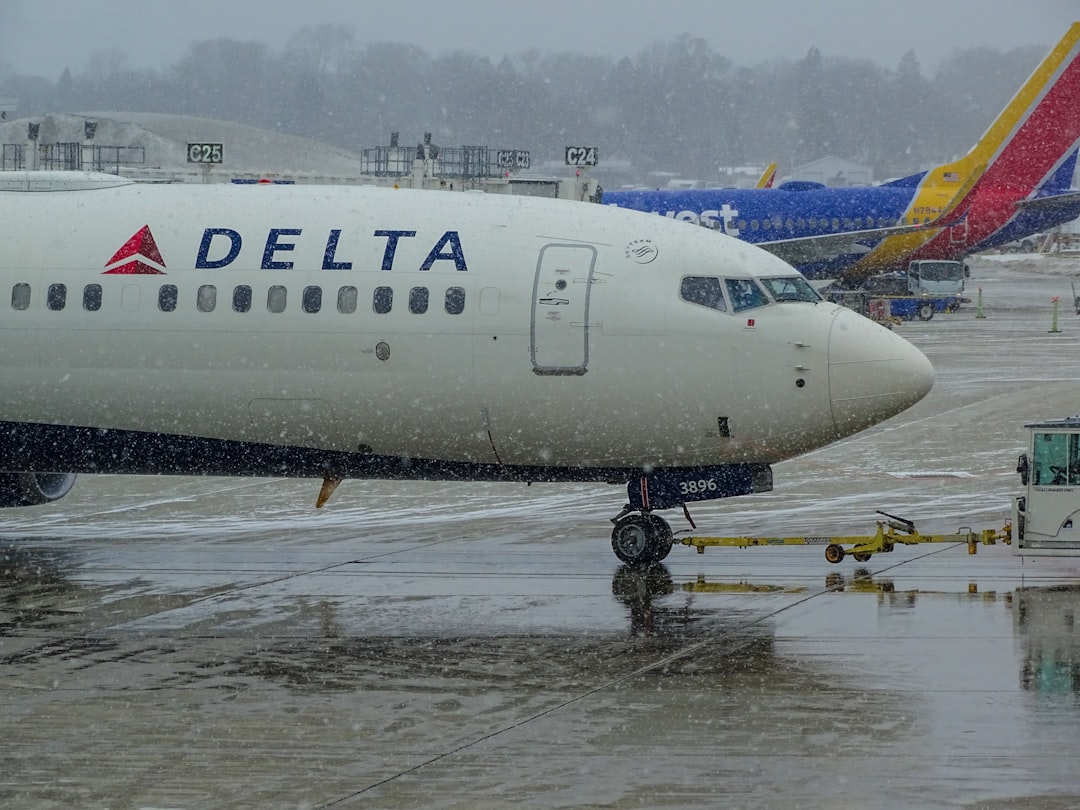

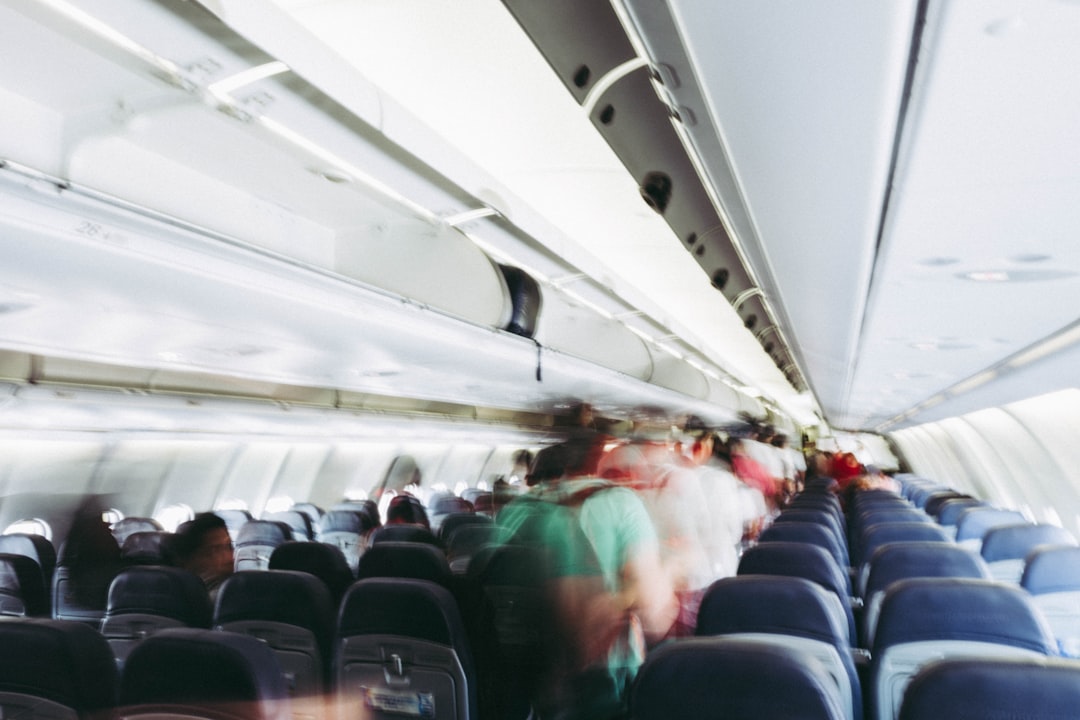
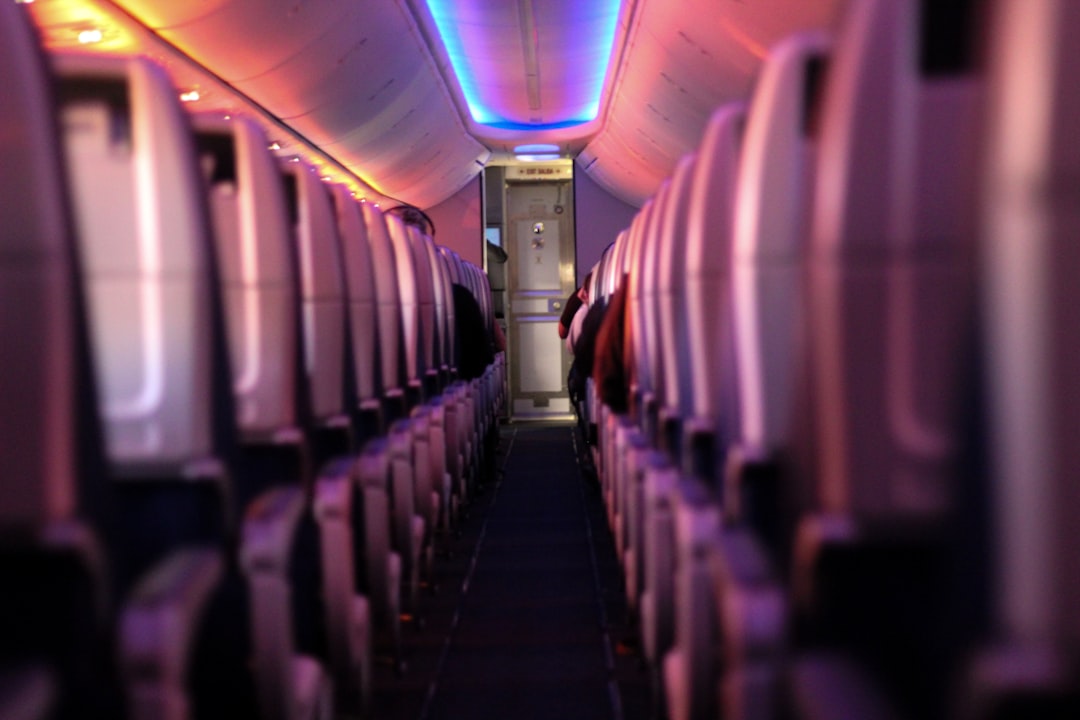
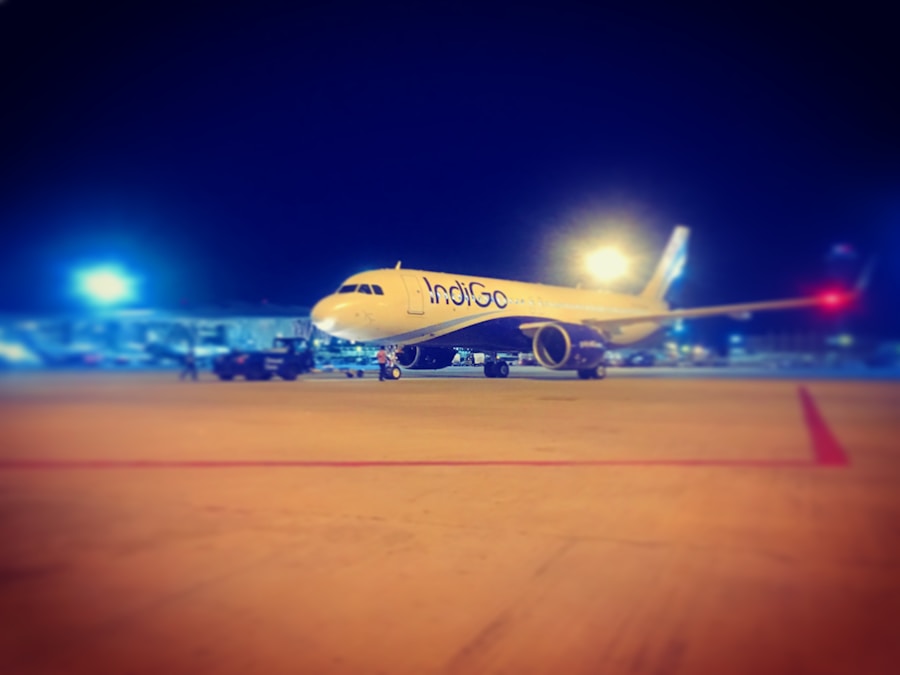

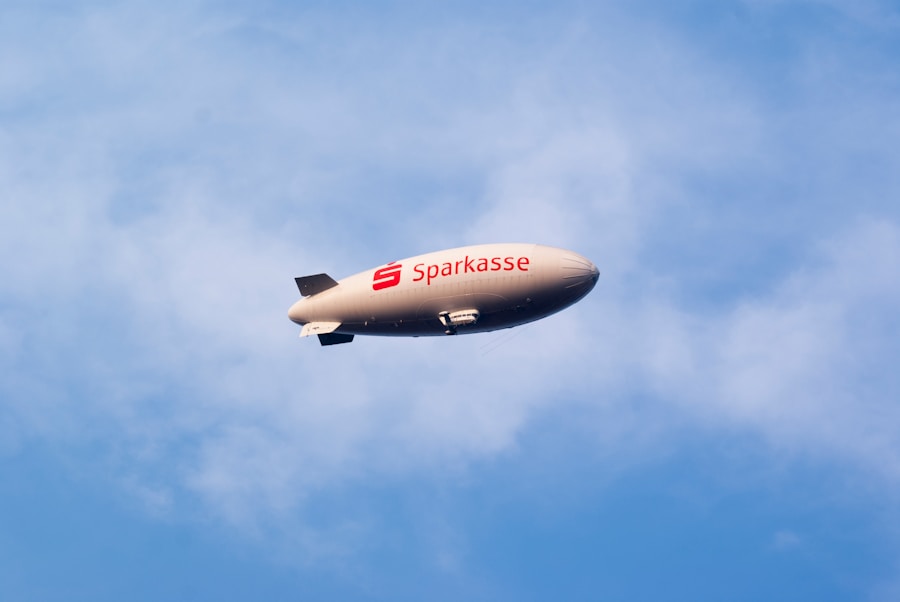






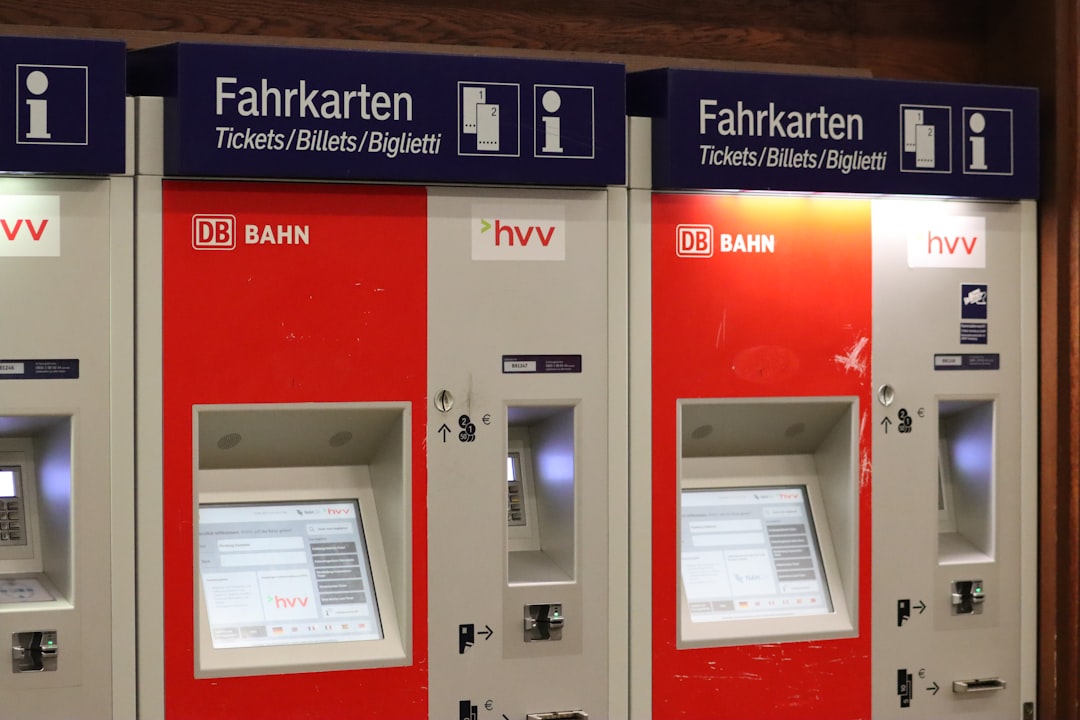
Leave a Reply